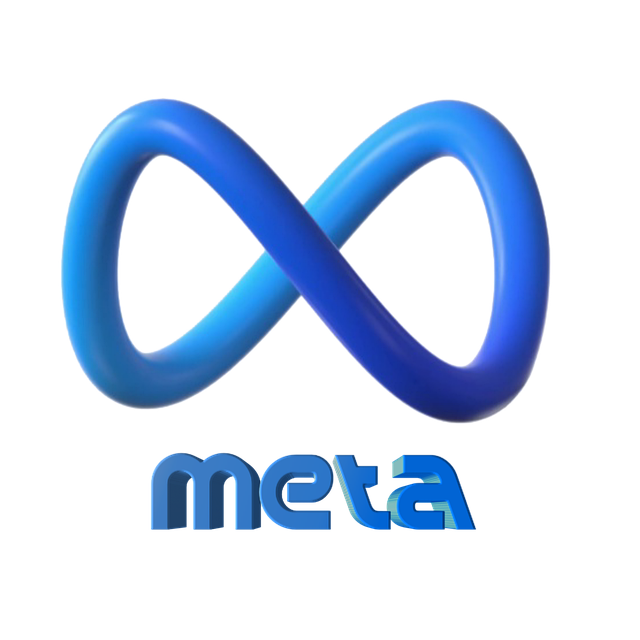As a mobile app marketing agency, one of our favorite tools for promoting our in-house and clients’ mobile apps is Universal App Campaigns (UAC).
In 2015, Google introduced UAC as its primary advertising solution for mobile applications. Instead of having to manually set bids and targeting certain keywords like in other Google Ads campaigns, UAC uses machine learning to automate the targeting, bidding, and use of creative assets for campaigns.
In this post, we’ll outline 3 best practices for optimal UAC results.
- Set the Right Campaign Objective
It is crucial to decide the right objective for your campaign.
UAC lets users select between “Install Volume” and “In-App Actions” as potential campaign goals.
At this juncture, it is important to understand WHO your target audience is and WHAT value-added activity you would like them to do. Once you figure this out, you can decide which goal best fits your app’s needs.
If your app has multiple goals and target audiences, you can set up different UACs for each. This segmentation will provide you with greater control over your UACs by allowing you to set the creative assets specifically for each target audience and objective.
- Sufficiently Fund Your Campaign
Because Google’s algorithm needs sufficient time and budget to effectively collect data and learn from your creative assets, Google Adwords recommends certain budgets for each UAC campaign type.
For “Install Volume” campaigns, Google suggests a budget at least 50 times greater than your target CPI.
As for “In-App Actions” campaigns, they suggest a budget at least 10 times greater than your target CPI.
Furthermore, it is imperative you ensure your app’s campaign has sufficient budget to be able to reap the full benefits of UAC’s machine learning.
Otherwise, your campaign’s success can be stunted, simply due to a lack of funding.
- Find the Best Performing Creative Asset Mix
As in other areas of advertising, finding the correct mix of creative assets is essential.
UAC streamlines the A/B testing process by automatically testing the effectiveness of different creative asset combinations in its “learning period.”
First, users provide Google with 4 text ideas for the algorithm to mix and match together. It’s important that these text combinations are distinct and unique from one each other so that the system can truly test different ad groupings and versions.
Next, you have the option of adding up to 20 images or HTML5 assets. The more dimensions and orientations you provided, the more mediums and platforms your ad can be placed. As a result, Google’s algorithm can help you discover the best devices and channels for your app’s campaign to reside.
Finally, using the Creative Asset Report, you can evaluate the performance of all of your campaign’s creative assets. From this, you can see which text ideas and creative assets you should keep, modify, and scrap.
Furthermore, UAC’s machine learning capabilities provide a powerful tool for testing and modifying advertising efforts, if used correctly.
To learn more about mobile application development and technology, make sure to contact our New York City Appetizer Mobile team today!





Latest comments
Sorry, the comment form is closed at this time.